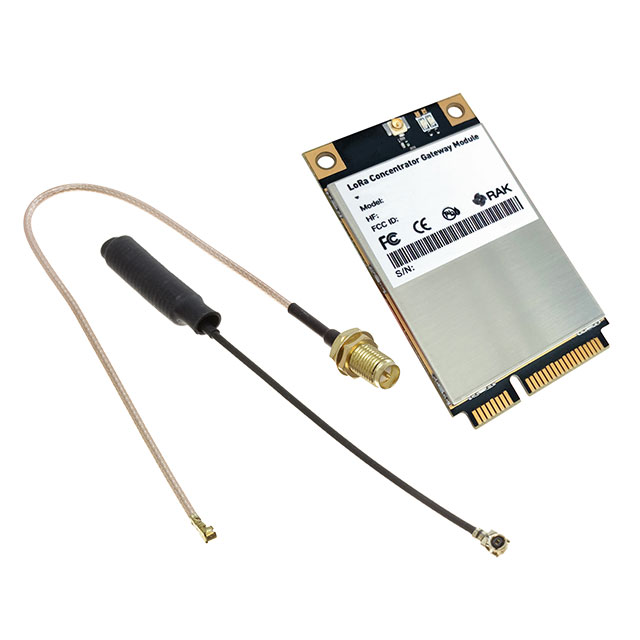In the world of radio frequency (RF) technology, there are various components that play crucial roles in the transmission and reception of signals. From modulators to filters, diodes, directional couplers, and mixers, each of these components serves a specific purpose in ensuring the efficient operation of RF systems. In this blog, we will delve into the basics of these RF components, exploring their functions and applications in the realm of wireless communication and signal processing.
RF Modulator:
An RF modulator is a device that converts a baseband signal into a modulated RF signal suitable for transmission over a communication channel. This component is commonly used in applications such as television broadcasting, where it modulates the video and audio signals into a format that can be transmitted over the airwaves. RF modulators are also utilized in various wireless communication systems, including satellite communication and wireless networking.
RF filters are essential components in RF systems, designed to selectively allow or block certain frequencies while passing others. These filters are used to eliminate unwanted interference and noise from the transmitted or received signals, ensuring a clean and reliable communication link. RF filters come in various types, including low-pass, high-pass, band-pass, and band-stop filters, each serving specific filtering requirements in RF circuits and systems.
RF Diodes:
RF diodes are semiconductor devices that are widely used in RF applications for signal rectification, detection, and modulation. These diodes exhibit fast switching characteristics and are capable of handling high-frequency signals, making them suitable for use in RF mixers, frequency multipliers, and signal demodulation circuits. RF diodes play a crucial role in converting RF signals into a usable form for further processing or demodulation in communication systems.
RF Directional Couplers:
Directional couplers are passive RF components that are used to split and combine RF signals in transmission lines. These devices are designed to couple a portion of the input signal to a separate output port while maintaining the integrity of the main signal path. RF directional couplers find applications in power monitoring, signal sampling, and signal distribution in RF systems, such as in radar systems, amplifiers, and communication networks.
RF Mixers:
RF mixers are essential components in RF systems, used for frequency conversion and signal processing. These devices are capable of combining two or more input signals to produce an output signal that contains the sum and difference frequencies of the input signals. RF mixers are widely employed in applications such as frequency upconversion, downconversion, and modulation/demodulation in communication systems, including wireless transceivers and radar systems.

In conclusion, the understanding of RF components such as modulators, filters, diodes, directional couplers, and mixers is crucial for the design and implementation of efficient RF systems. These components play vital roles in shaping and processing RF signals, enabling the seamless transmission and reception of wireless communication. As technology continues to advance, the demand for high-performance RF components will only continue to grow, driving innovation and advancements in the field of RF engineering and wireless communication.


